
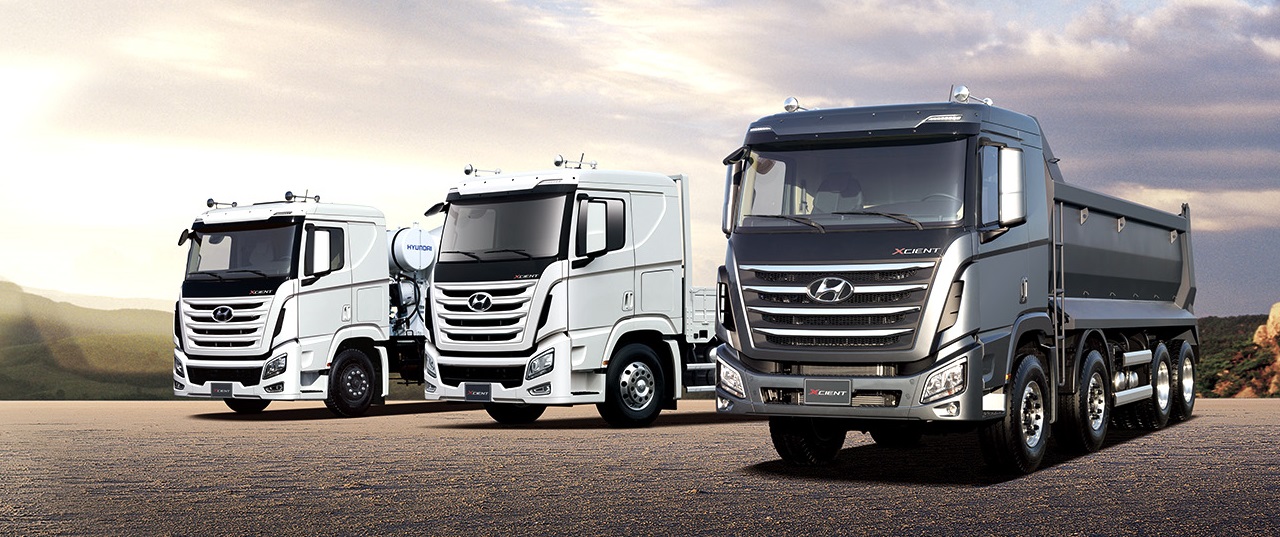
An In-Depth Exploration Of Different Types Of Semi Trucks: From Sleeper Cabs To Specialized Haulers
Semi trucks, also known as tractor-trailers or 18-wheelers, are the workhorses of the transportation industry, responsible for long-haul deliveries and heavy-duty hauling.
These mighty machines consist of a powerful tractor unit and a detachable trailer.
In this comprehensive guide, we will delve into the world of semi trucks, examining their diverse types, configurations, and specialized applications.
Conventional Trucks
Conventional trucks, also referred to as semi-trucks or day cabs, are the most common type of semi trucks.
They are typically used for regional or local deliveries and do not include a sleeping compartment.
1. Standard Conventional Trucks
Standard conventional trucks feature a traditional design with the engine compartment positioned in front of the driver’s cabin.
They are well-suited for shorter trips and urban environments where maneuverability is crucial.
These trucks often have a day cab configuration and offer excellent visibility and control.
2. Cabover Trucks
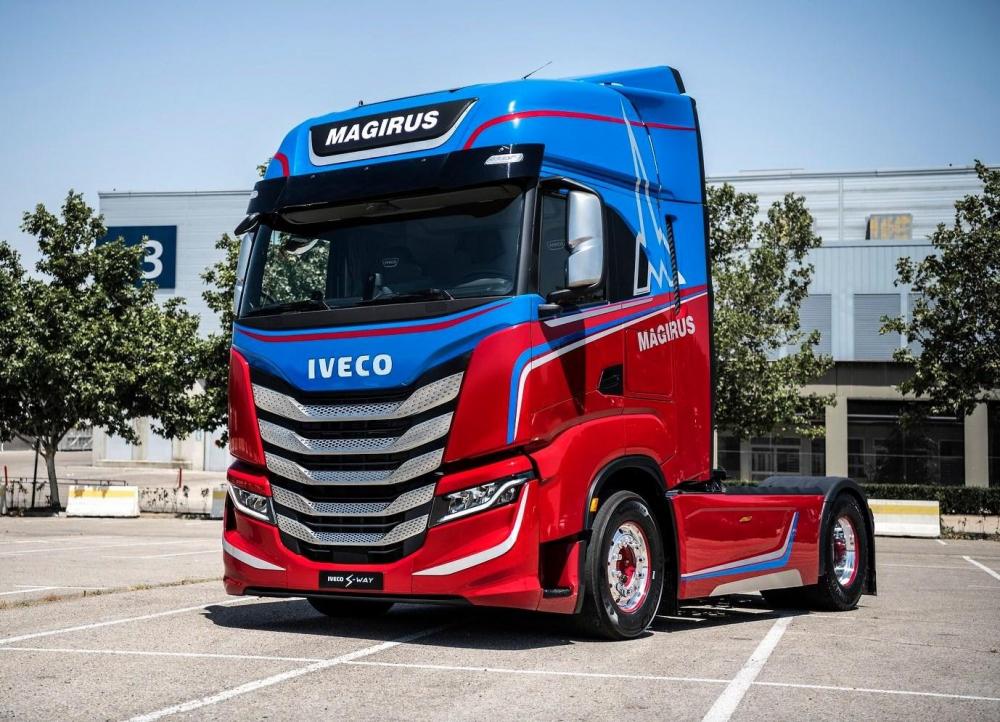
Cabover trucks, also known as flat-nose or cab-forward trucks, have a unique design with the driver sitting above the front axle.
This configuration maximizes cargo space, improves maneuverability, and provides better visibility.
Cabover trucks are commonly used in crowded urban areas and industries where space is limited, such as beverage delivery and refuse collection.
Sleeper Cabs
Sleeper cabs, also called sleeper berths, are semi trucks equipped with integrated sleeping compartments.
They enable long-haul drivers to rest comfortably during extended journeys.
Sleeper cabs vary in size and amenities, catering to the needs of truckers spending nights away from home.
1. Mid-Roof Sleeper Cabs
Mid-roof sleeper cabs offer a moderate level of space and comfort.
They feature a lower roof height compared to other sleeper cab options but still provide a sleeping berth, storage compartments, and basic amenities.
Mid-roof sleepers strike a balance between maneuverability and driver comfort.
2. Raised Roof Sleeper Cabs
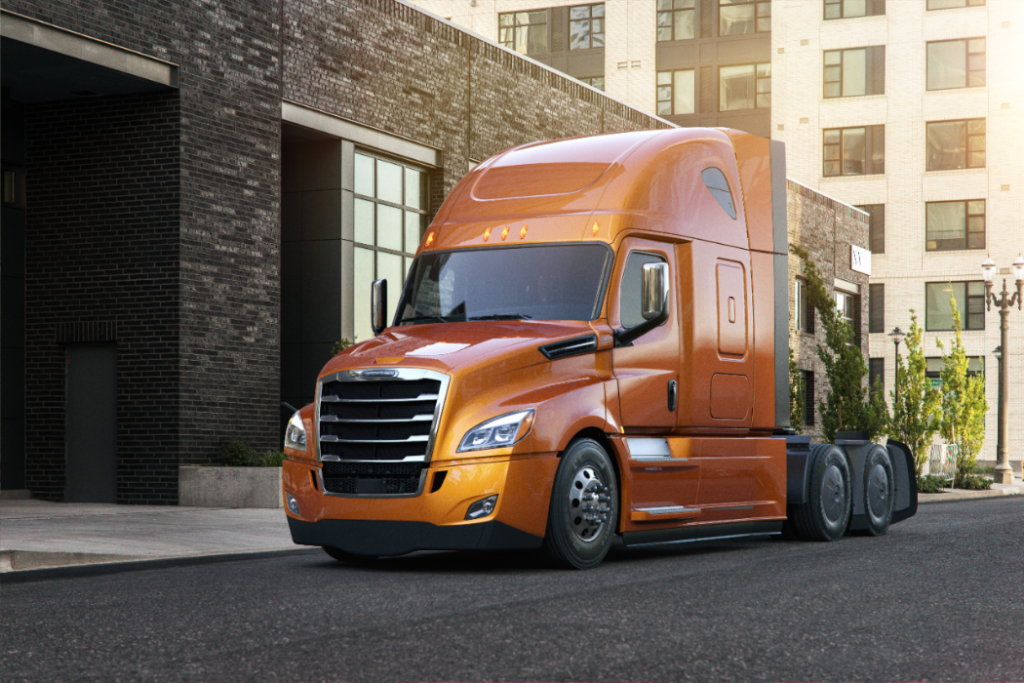
Raised roof sleeper cabs are designed for long-haul drivers who require maximum comfort and space.
They offer a higher roof height, allowing drivers to stand and move freely inside the cabin.
Raised roof sleepers often feature additional amenities such as beds, seating areas, kitchenettes, and even bathroom facilities.
3. Team Driver Sleeper Cabs
Team driver sleeper cabs are specifically designed for long-haul operations involving multiple drivers.
These cabs feature multiple sleeping berths, allowing teams of drivers to alternate resting periods while the truck remains in motion.
Team driver sleepers ensure continuous operation and faster delivery times for time-sensitive shipments.
Specialized Semi Trucks
In addition to conventional and sleeper cab configurations, semi trucks come in various specialized forms to meet specific industry requirements.
Let’s explore some of the notable specialized semi truck variations:
1.Tanker Trucks
Tanker trucks are designed for transporting liquids, such as fuel, chemicals, or food-grade products.
They feature cylindrical tank bodies, often made of aluminum or stainless steel, to ensure safe and efficient transportation of the cargo.
Tanker trucks may have single or multiple compartments and require specialized handling and safety precautions.
2. Refrigerated Trucks
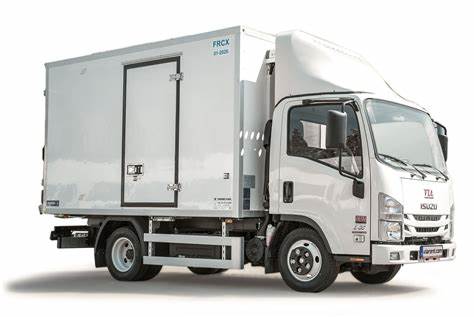
Refrigerated trucks, also known as reefer trucks, are equipped with refrigeration units to maintain specific temperature conditions inside the cargo area.
They are essential for transporting perishable goods, including fresh produce, frozen food, and pharmaceuticals.
Reefer trucks play a critical role in maintaining the quality and integrity of temperature-sensitive products.
3. Flatbed Trucks
Flatbed trucks, although also mentioned in the previous section, deserve special attention as a specialized type of semi truck.
These trucks feature an open, flat platform for carrying oversized or irregularly shaped loads.
Flatbed trucks are widely used in industries such as construction, agriculture, and transportation of heavy machinery or equipment.
They offer versatility in loading and unloading, often utilizing cranes, winches, or ramps to handle diverse cargo.
4. Dump Trucks
Dump trucks, commonly associated with medium-duty trucks, also have specialized semi truck variations.
These trucks feature a hydraulic lift mechanism that allows the cargo bed to tilt and dump its contents.
Dump trucks are utilized in construction, mining, and landscaping industries for hauling materials such as gravel, sand, and debris.
Their robust design and powerful lifting capabilities enable efficient and controlled unloading of heavy loads.
5. Auto Transporters
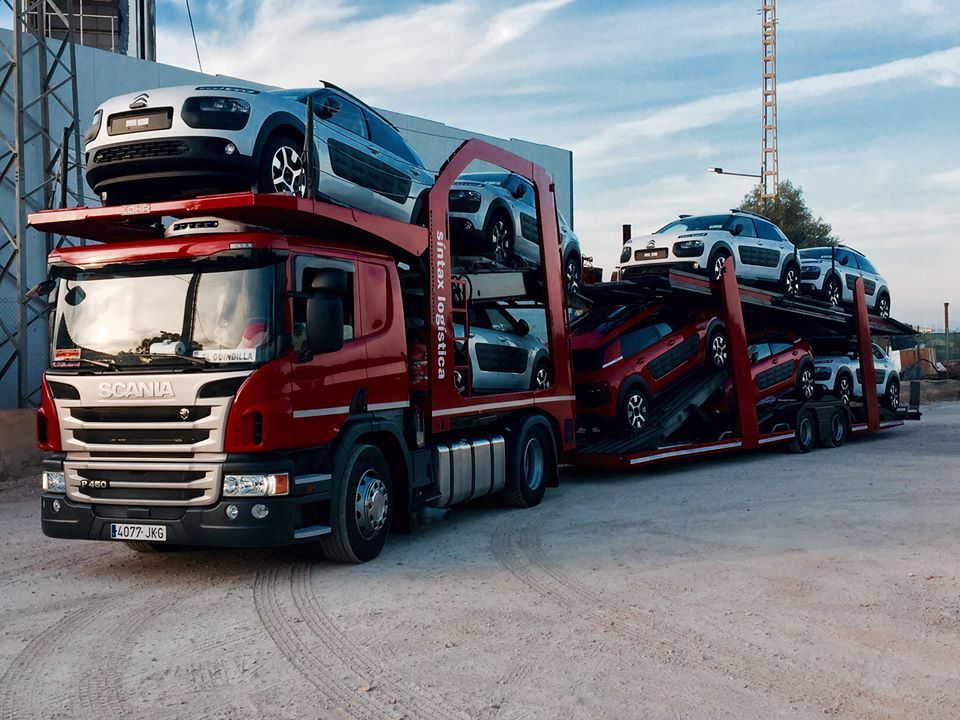
Auto transporters, also known as car carriers or car haulers, are semi trucks specifically designed to transport multiple vehicles simultaneously.
These trucks feature multiple levels of decks or trailers that can accommodate cars, SUVs, or light trucks.
Auto transporters play a crucial role in the automotive industry, facilitating the efficient delivery of vehicles from manufacturers to dealerships or between different locations.
6. Specialized Haulers
Semi trucks also include specialized haulers designed for unique cargo or industries.
These can range from livestock trailers for transporting animals, such as cattle or horses, to logging trucks for hauling timber.
Specialized haulers are meticulously engineered to address the specific needs and challenges of their respective industries, ensuring the safe and efficient transportation of specialized cargo.
Conclusion
Semi trucks are the workhorses of the transportation industry, offering unmatched power and capacity for hauling goods over long distances.
From conventional trucks to sleeper cabs and specialized haulers, the diverse range of semi truck types cater to various industry requirements and specific cargo needs.
Understanding these different types of semi trucks is essential for trucking companies, drivers, and industry professionals to make informed decisions about fleet composition, cargo handling, and operational efficiency.
By leveraging the right type of semi truck for the task at hand, businesses can optimize their transportation operations and contribute to the seamless flow of goods across the globe.
Add a comment Cancel reply
Categories
- Blog Posts (43)
- Buying Tips (5)
- Selling Tips (4)
- Truck Reviews (17)
Recent Posts
About us

Meet Percy, the blog editor who knows his semicolons from his emojis, and his coffee order by heart. He may spend most of his days glued to a computer screen, but don’t let that fool you – he is a superhero at midnight (as long as there’s enough caffeine involved). When he is not editing blog posts, you can usually find him daydreaming about his next snack break or planning his next witty tweet.
Related posts


How Warehouses Drive Logistics Efficiency

Truck Driver Scheduling Solutions









